
In the first century B.C., at the dawn of the Roman imperial age, the architect and thinker Vitruvius proposed that the human body could fit inside a circle, symbolic of the divine, and a square, associated with the earthly and secular — an idea that later became known as the theory of the microcosm, and came to power European religious, scientific, and artistic ideologies for centuries. Some fifteen hundred years later, in 1487, Leonardo da Vinci rediscovered Vitruvius’s theories and put them into form. Thus, the Vitruvian Man was born — one of humanity’s most powerful, iconic, and enduring images, and a cornerstone of mapping the body, dominating visual culture in everything from books to billboards. Yet its story is far more complex than that, and its enigma far richer than a handful of historical factoids. This is exactly what Toby Lester unravels in Da Vinci’s Ghost: Genius, Obsession, and How Leonardo Created the World in His Own Image — a fascinating century-wide saga that explores how Leonardo set out to expand the metaphysical horizons of his art by studying the proportions and anatomy of the human body and its relationship with the cosmos, and ultimately created a visceral impression of Renaissance thought itself in the process.
Read the rest at Brain Pickings.
Da Vinci's Ghost is here.

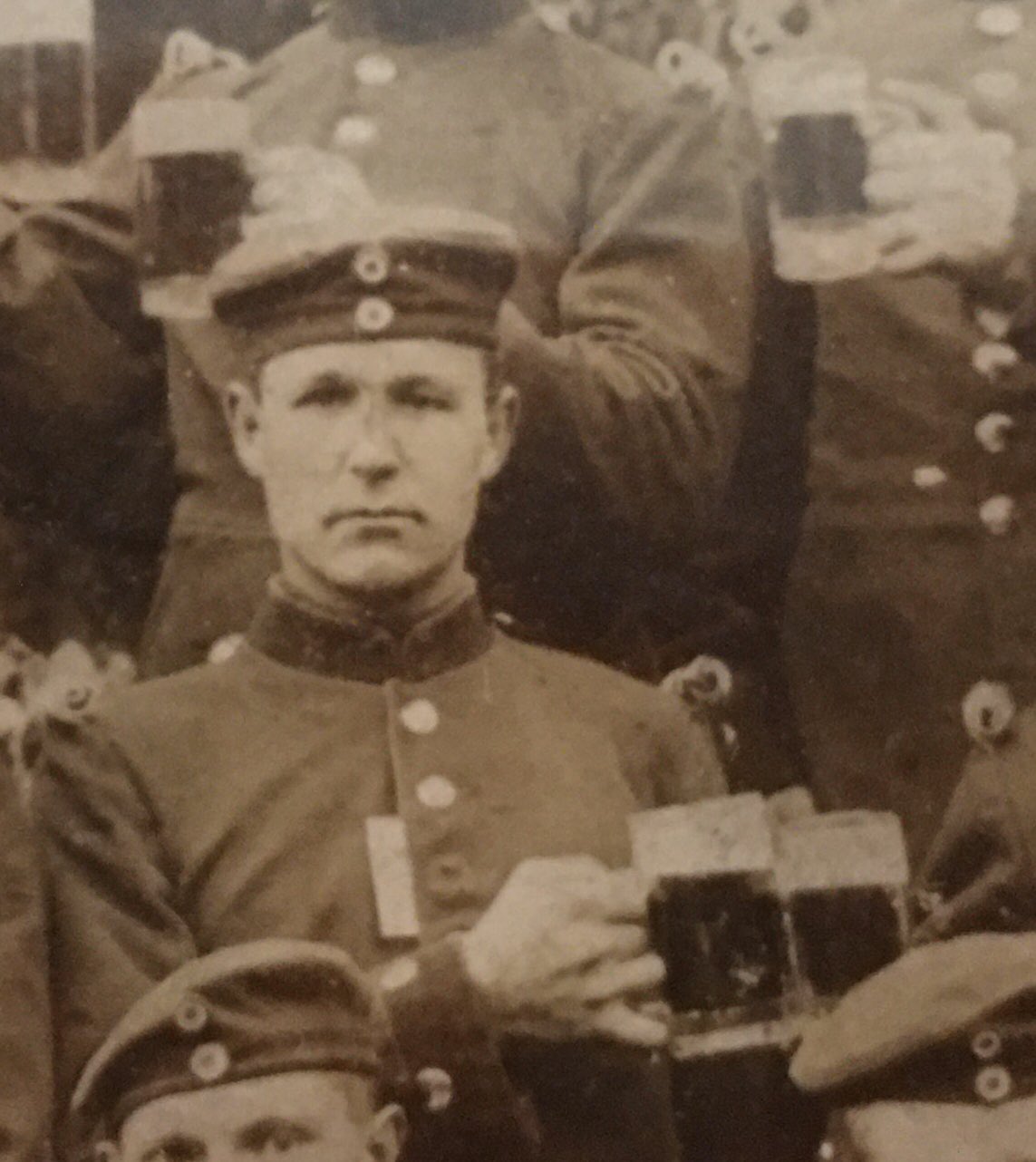








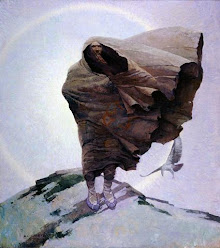














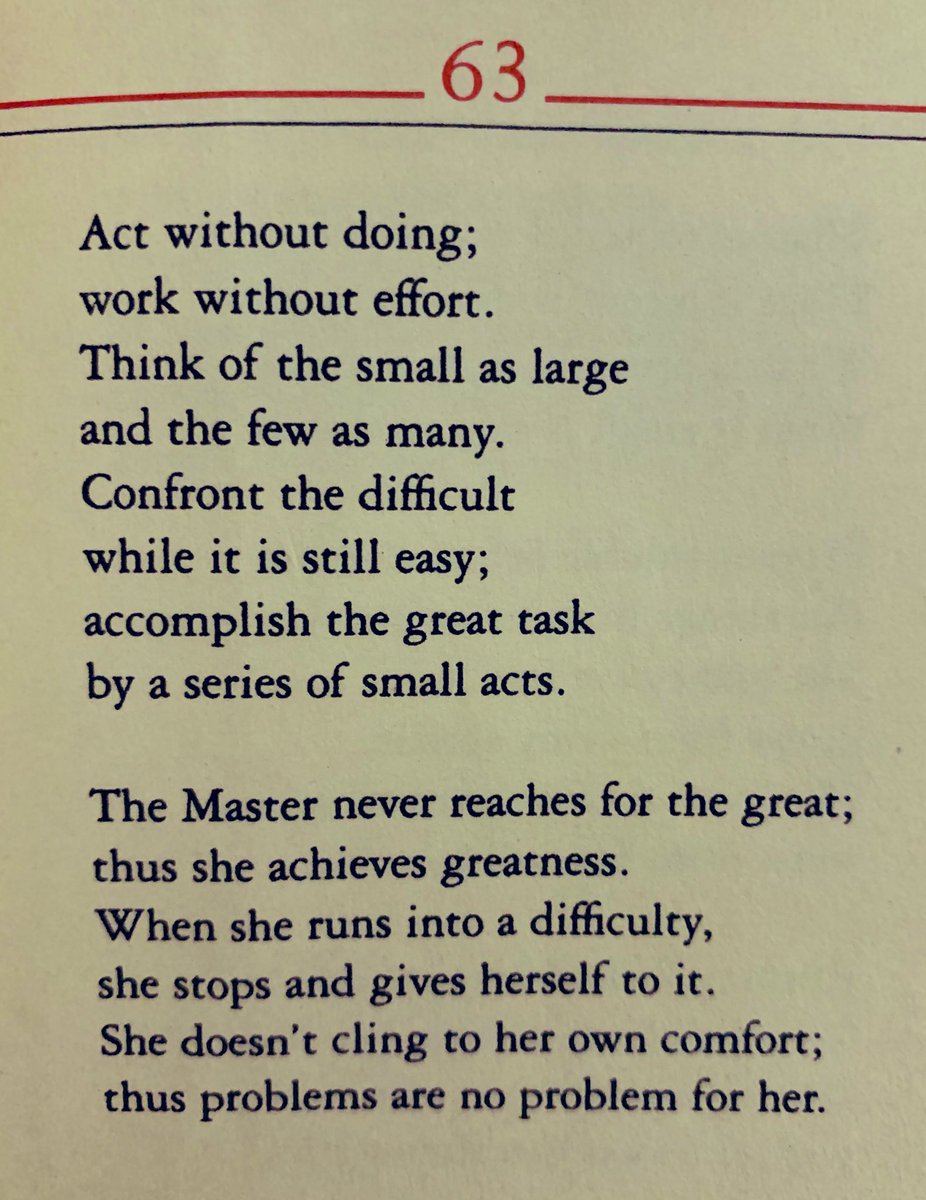









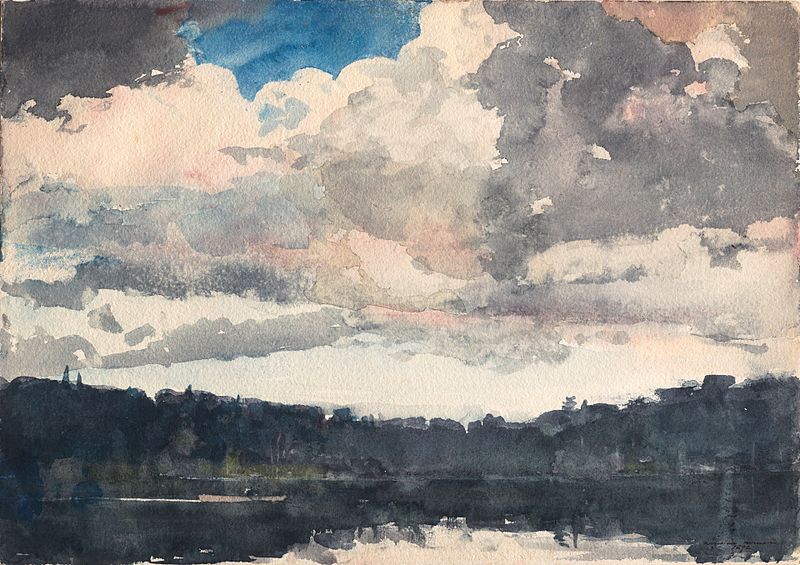





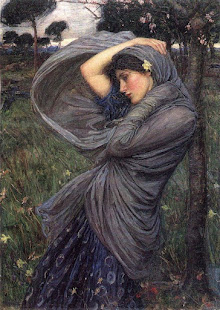












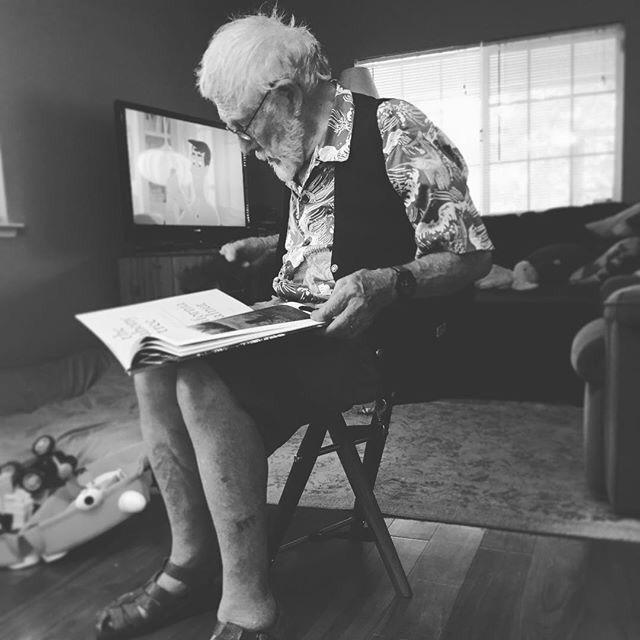

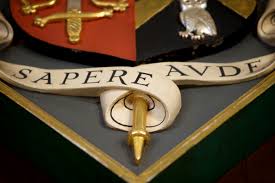






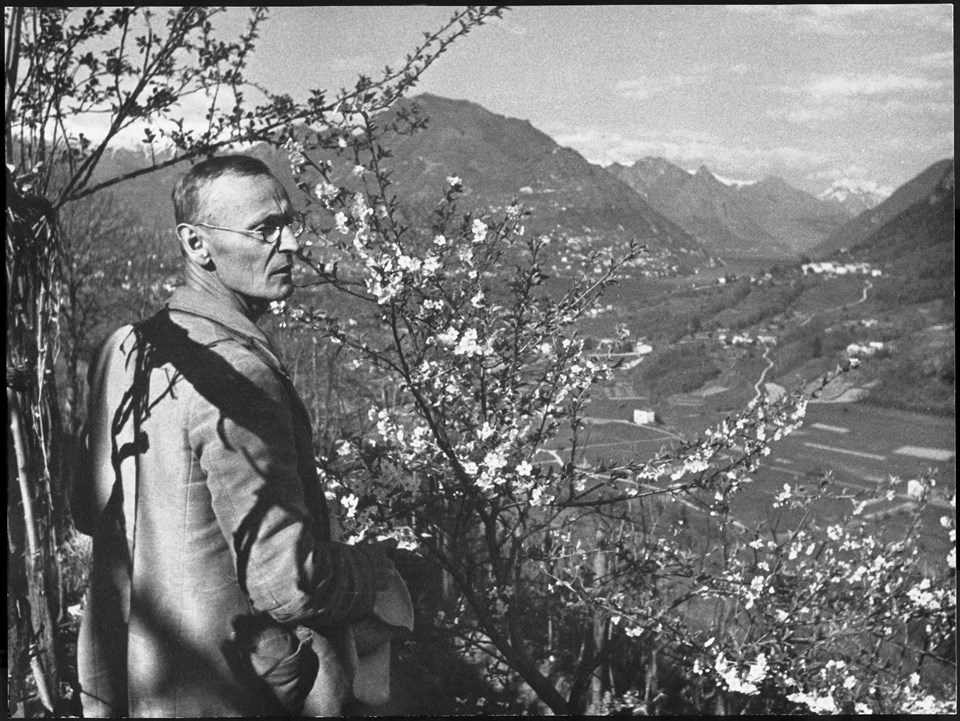


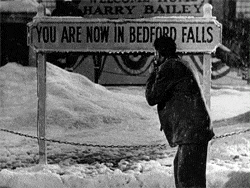







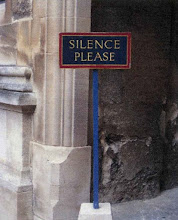









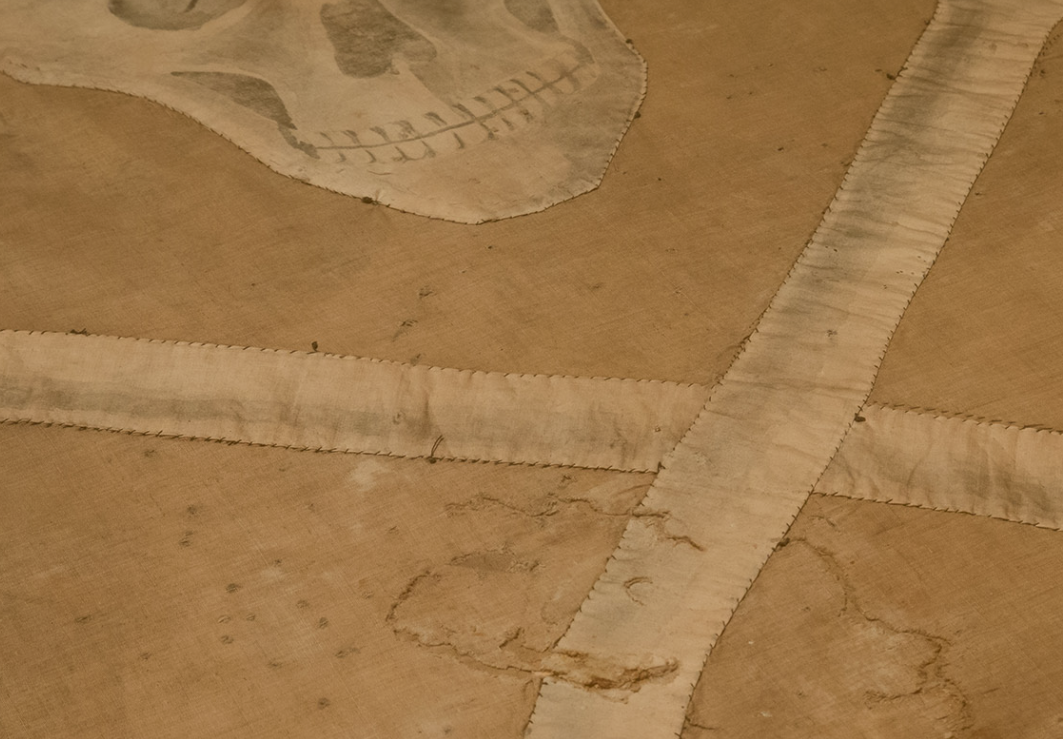

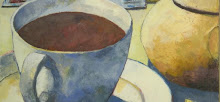
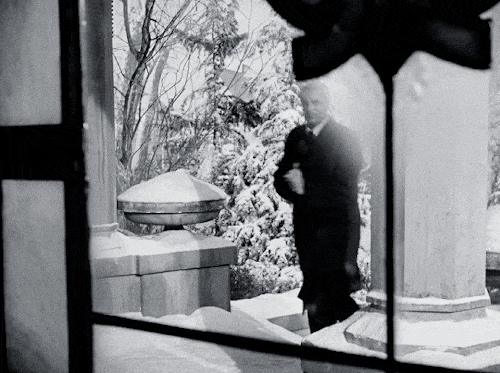


















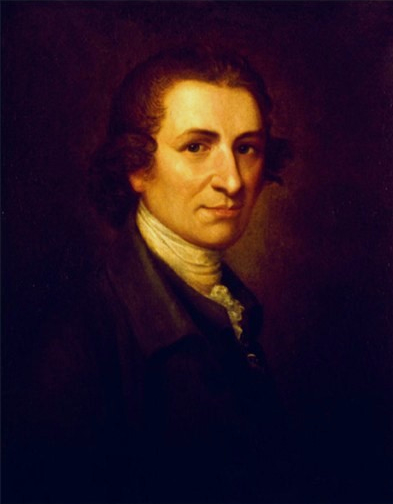


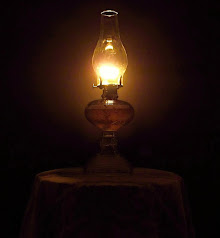



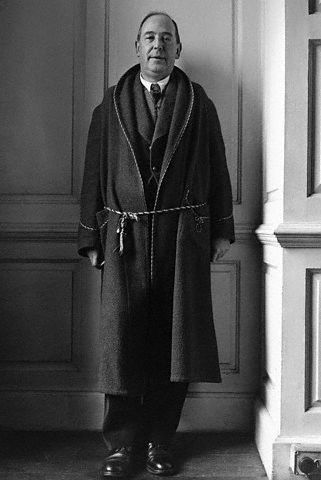



No comments:
Post a Comment